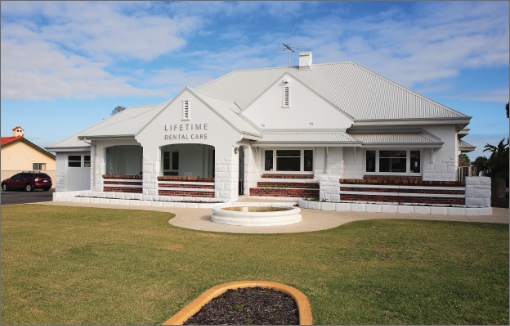Adaptive Reuse Projects
Buildings have been reused for hundreds of years, especially in the 17 and 18th Centuries when scarce building materials and limited transportation made it difficult and expensive to construct new buildings; it was frequently easier and less expensive to convert existing structures to other uses. But Australia became industrialized and a national transportation network was developed, access to low-priced materials that could be delivered on an extensive railway system and available labour made building reuse less desirable. These economics made it easier to demolish older buildings and replace them with new structures.
This situation has now evolved, with sustainability becoming a focus and materials and labour having become more expensive and the disposal of demolition debris in landfills less convenient; now the character and unique qualities of older buildings are recognized, and their contribution to their neighbourhood character is valued.
What is an adaptive reuse project
Adaptive reuse is the process of repurposing buildings for viable new uses and modern functions, other than those originally intended, to address present-day needs. Reuse allows for a building’s continued use and helps it remain a viable community asset.
While adaptive reuse is most often associated with the preservation of historically or architecturally significant buildings in a community, it also can provide renewed vitality to any buildings that may be underused, abandoned, vacant, dilapidated, or functionally obsolete. Reuse brings both older and newer underused structures such as empty warehouses, vacated former schools, abandoned department stores, large historic homes and dilapidated shopping centres back to life.
Pros and cons of an adaptive reuse project
Adaptive reuse of existing structures is associated with the following advantages:
Saves Costs: Rather than demolishing existing structures that have outlived their originally intended use, reuse saves on demolition costs, champions recycling, and creates unique design opportunities.
Saves Time: Provides potential time savings can result through building reuse because the building and infrastructure is in place, and municipal approval and permitting can occur more quickly and less expensively than comparable new construction.
Contributes to Sustainability: Existing structures are often located in established growth areas with a significant population density and in developed areas, reusing these structures will help support the neighbourhood.

In addition to these advantages, adaptive reuse projects also contribute to energy conservation, enhances community character, encourages investment in the area and revitalisation of other nearby neglected buildings and increases overall market value.
Some challenging limitations to adaptive reuse projects may be physical limitations, regulatory constraints, zoning districts and lengthy processes to revise codes.